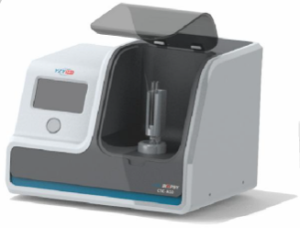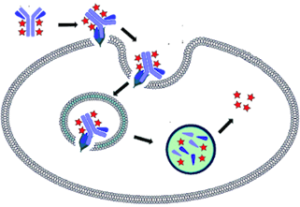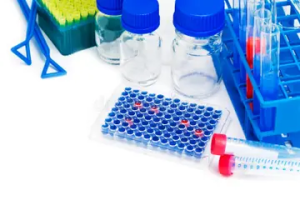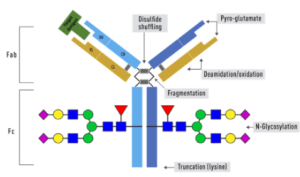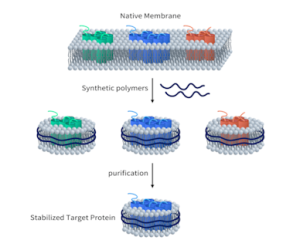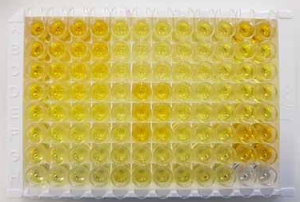| 目录: 11105 |
| 产品名称: Human CXCR6 Full Length Protein |
| 规格: 10 µg; 50 µg and 100 µg |
| 基因符号: BONZO; CD186; CDw186; STRL33; TYMSTR |
| Target: CXCR6 |
| UNIPROT ID: O00574 |
| 描述: Human CXCR6 Full Length Protein-Synthetic Nanodisc |
| 背景: A G protein-coupled receptor with seven transmembrane domains that belongs to the CXC chemokine receptor family. This family also includes CXCR1, CXCR2, CXCR3, CXCR4, CXCR5, and CXCR7. This gene, which maps to the chemokine receptor gene cluster, is expressed in several T lymphocyte subsets and bone marrow stromal cells. The encoded protein and its exclusive ligand, chemokine ligand 16 (CCL16), are part of a signalling pathway that regulates T lymphocyte migration to various peripheral tissues (the liver, spleen red pulp, intestine, lungs, and skin) and promotes cell-cell interaction with dendritic cells and fibroblastic reticular cells. CXCR6/CCL16 also controls the localization of resident memory T lymphocytes to different compartments of the lung and maintains airway resident memory T lymphocytes, which are an important first line of defense against respiratory pathogens. The encoded protein serves as an entry coreceptor used by HIV-1 and SIV to enter target cells, in conjunction with CD4. |
| Species/Host: HEK293 |
| Molecular Weight: The human full length CXCR6 protein has a MW of 39.3 kDa |
| Formulation & Reconstitution: Lyophilized from nanodisc solubilization buffer (20 mM Tris-HCl, 150 mM NaCl, pH 8.0). Normally 5% – 8% trehalose is added as protectants before lyophilization. |
| 储存和运输: Store at -20°C to -80°C for 12 months in lyophilized form. After reconstitution, if not intended for use within a month, aliquot and store at -80°C (Avoid repeated freezing and thawing). Lyophilized proteins are shipped at ambient temperature. |
| Protein Families: Druggable Genome, GPCR, Transmembrane |
| Protein Pathways: Chemokine signaling pathway, Cytokine-cytokine receptor interaction |
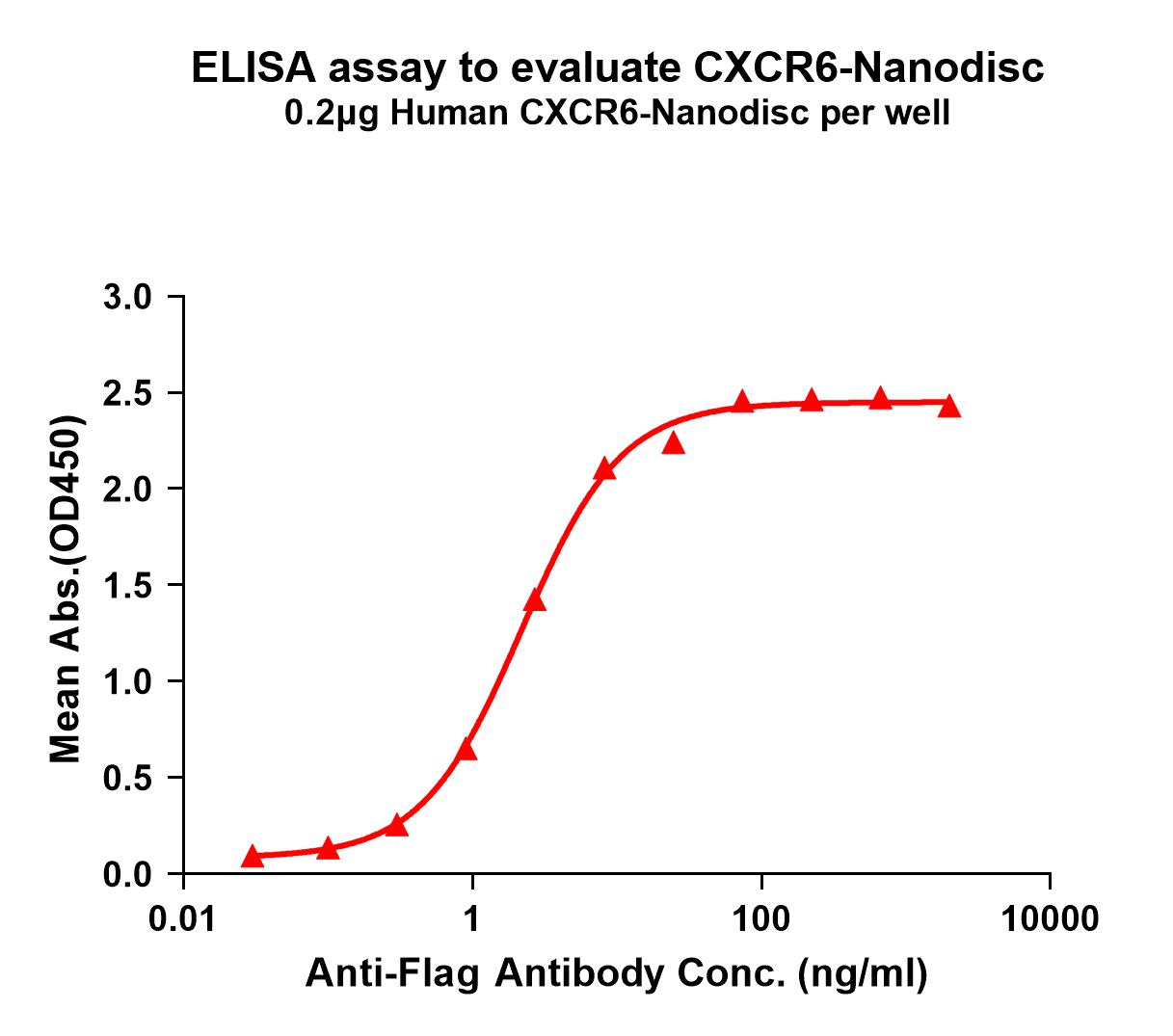
Figure 1. Elisa plates were pre-coated with Flag Tag CXCR6-Nanodisc (0.2μg/per well). Serial diluted Flag monoclonal antibody solutions were added, washed, and incubated with secondary antibody before Elisa reading. From above data, the EC50 for Flag monoclonal antibody binding with CXCR6-Nanodisc is 2.190ng/ml. | 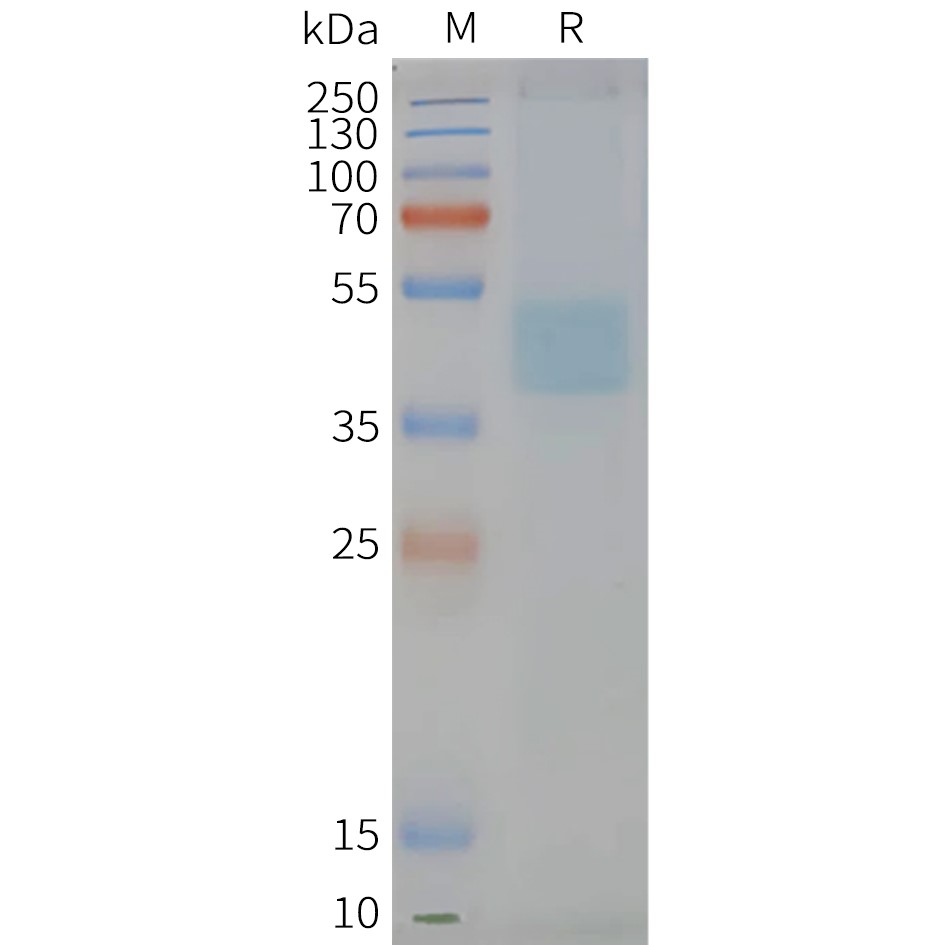
Figure 2. Human CXCR6-Nanodisc, Flag Tag on SDS-PAGE |
|







